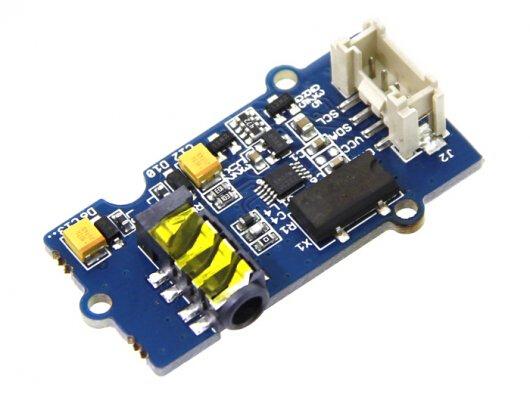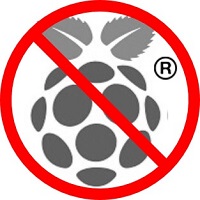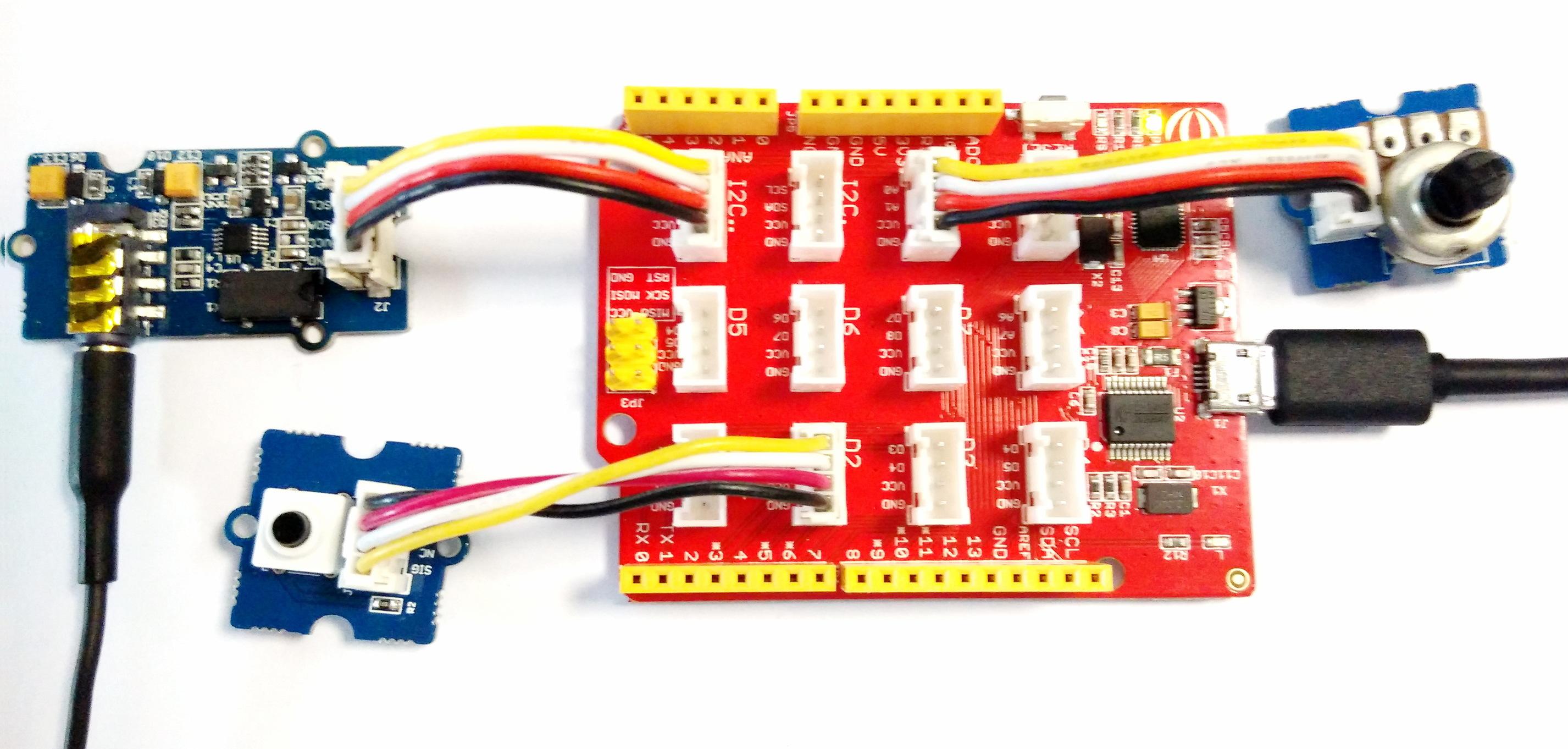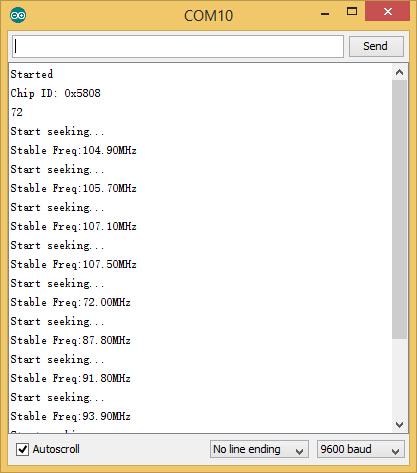Grove - I2C FM Receiver
Introduction

Grove - I2C FM Receiver is a wideband FM receiver module, this module is based on RDA5807M. The RDA5807M series is the newest generation single-chip broadcast FM stereo radio tuner with fully integrated synthesizer. The RDA5807M series has a powerful low-IF digital audio processor. The Grove - I2C FM Receiver has a headset jack, so it can connect to earphones or audio.
Version Tracker
| Revision | Description | Release date |
|---|---|---|
| Grove - I2C FM Receiver v1.0 | Initial public release | |
| Grove - I2C FM Receiver v1.1 | Fixed bug - DFM for J3 | Dec 2, 2011 |
Features
- Grove interface
- Supports worldwide frequency band: 50 - 115MHz
- Support RDS/RBDS
- Lower power consumption
- Headset interface
- Digital auto gain control
- Input voltage: 3.3V - 5V
Tip
More details about Grove modules please refer to Grove System
Platforms Supported
Arduino Wio BeagleBone Raspberry Pi LinkIt ONE 




Caution
The platforms mentioned above as supported is/are an indication of the module's hardware or theoritical compatibility. We only provide software library or code examples for Arduino platform in most cases. It is not possible to provide software library / demo code for all possible MCU platforms. Hence, users have to write their own software library.
| Arduino | Wio | BeagleBone | Raspberry Pi | LinkIt ONE |
|---|---|---|---|---|
 |  |  |  |  |
Caution
The platforms mentioned above as supported is/are an indication of the module's hardware or theoritical compatibility. We only provide software library or code examples for Arduino platform in most cases. It is not possible to provide software library / demo code for all possible MCU platforms. Hence, users have to write their own software library.
Usage
We can change channel by Grove - Button and adjust volume by Grove - Rotary
Hardware Installation
Part list:
- Seeeduino Lotus
- Grove - I2C FM Receiver
- Grove - Button
- Grove - Rotary
- Earphone

Software Part
- Download the code I2C FM Receiver.
- Unzip it into the libraries file of Arduino IDE by the path: ..\arduino-1.0.5\libraries.
- Open the code directly from the path: File -> Example -> I2C_FM_Receiver.
- Upload the code. Note that you should select the correct board type and COM port.
You can see Center Frequency:

Resources
- Grove - I2C FM Receiver v1.0 Eagle File
- v1.0 Schematic in pdf
- Datasheet of RDA5807M
- Grove - I2C FM Receiver v1.1 Eagle File
Help us make it better
Thank you for choosing Seeed. A couple of months ago we initiated a project to improve our documentation system. What you are looking at now is the first edition of the new documentation system. Comparing to the old one, here is the progresses that we made:
- Replaced the old documentation system with a new one that was developed from Mkdocs, a more widely used and cooler tool to develop documentation system.
- Integrated the documentation system with our official website, now you can go to Bazaar and other section like Forum and Community more conveniently.
- Reviewed and rewrote documents for hundreds of products for the system’s first edition, and will continue migrate documents from old wiki to the new one.
An easy-to-use instruction is as important as the product itself. We are expecting this new system will improve your experience when using Seeed’s products. However since this is the first edition, there are still many things need to improve, if you have any suggestions or findings, you are most welcome to submit the amended version as our contributor or give us suggestions in the survey below, Please don’t forget to leave your email address so that we can reply.
Happy hacking

댓글 없음:
댓글 쓰기